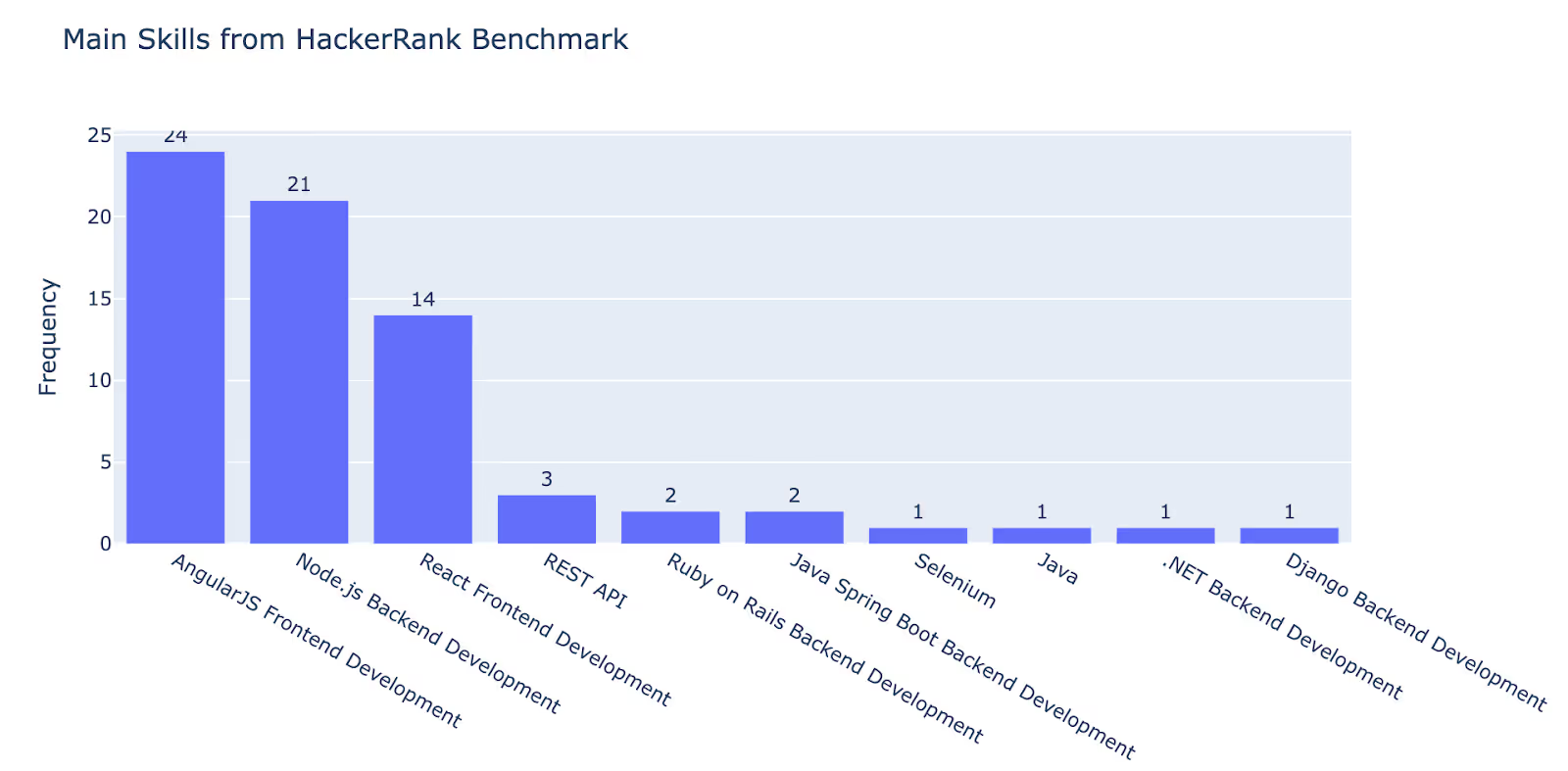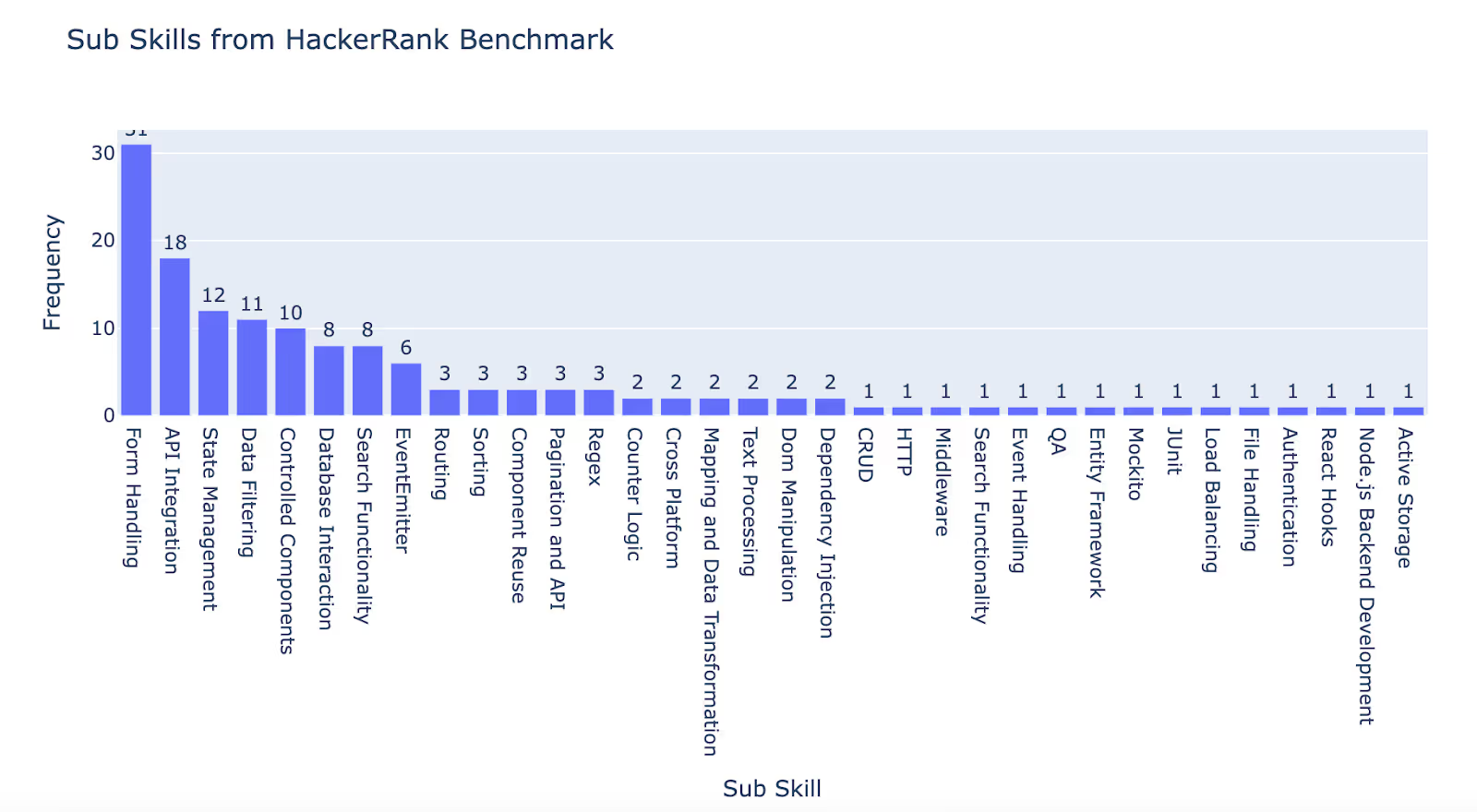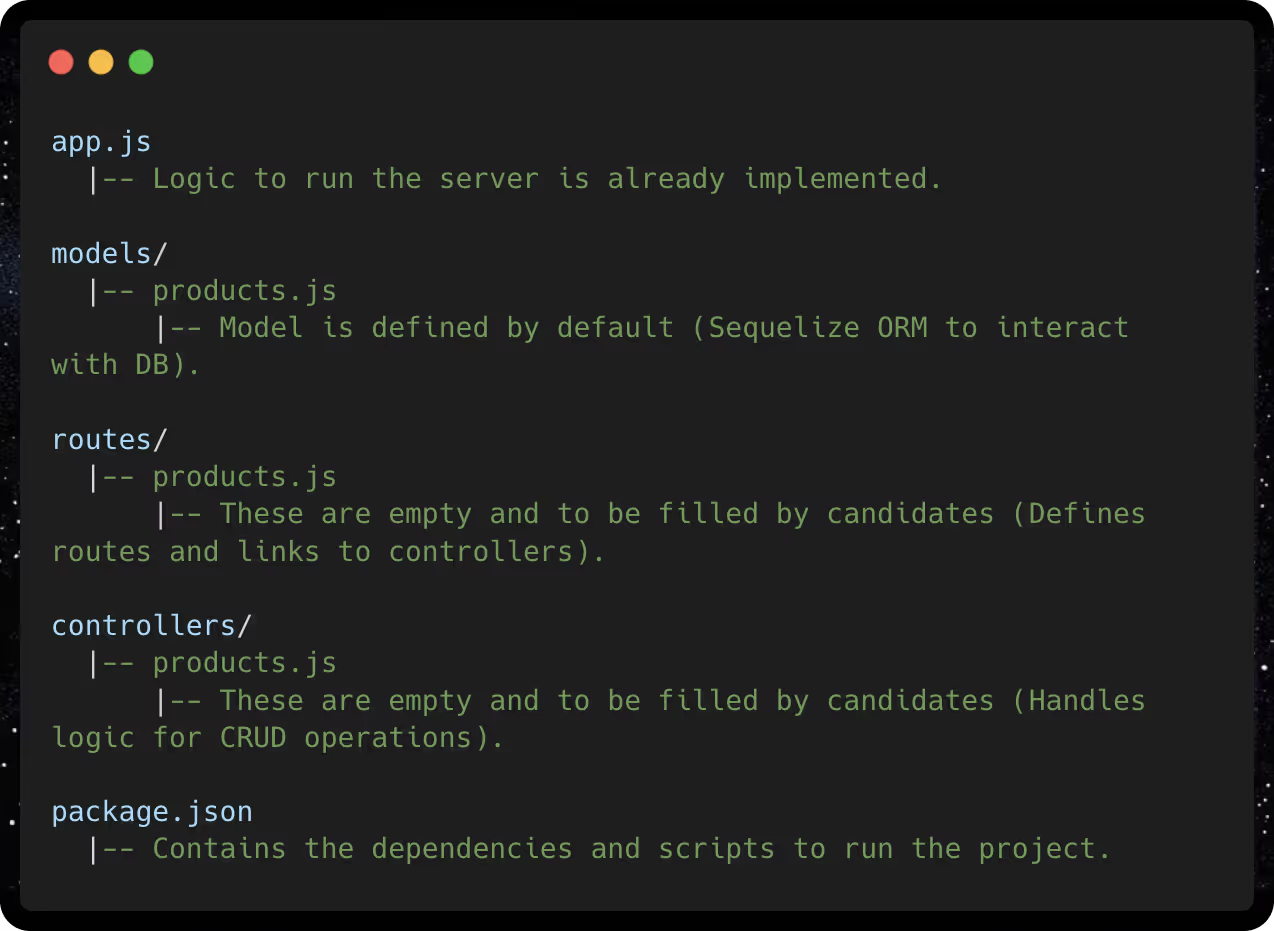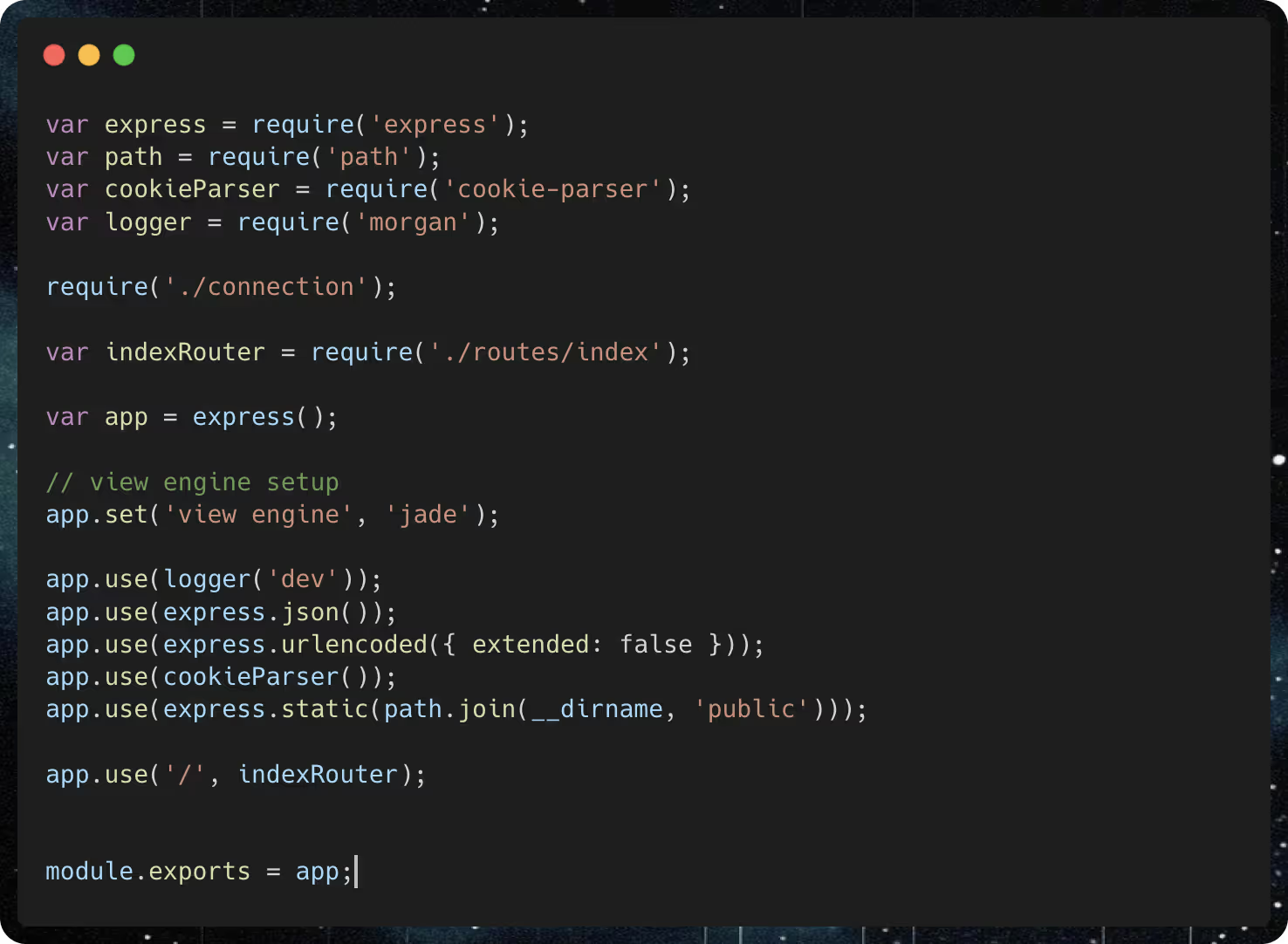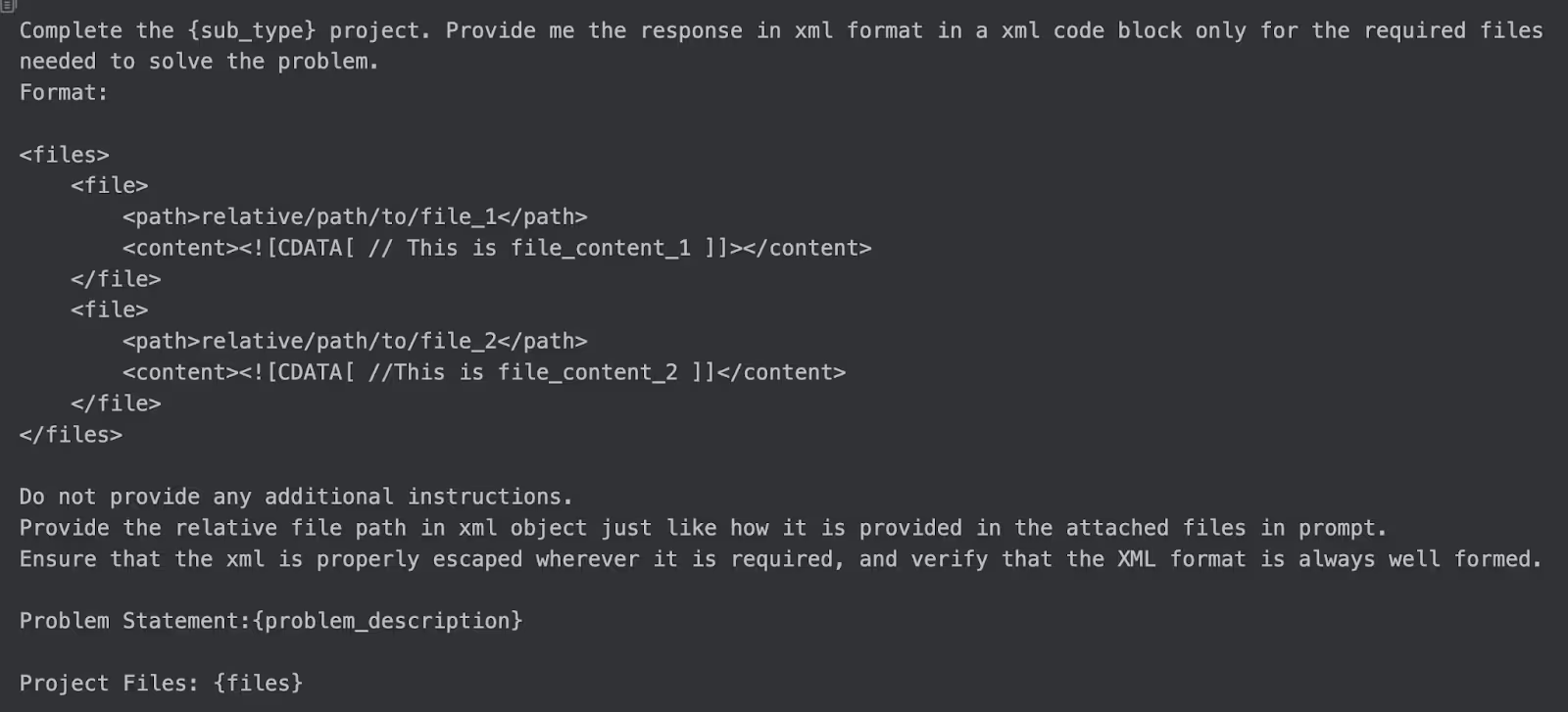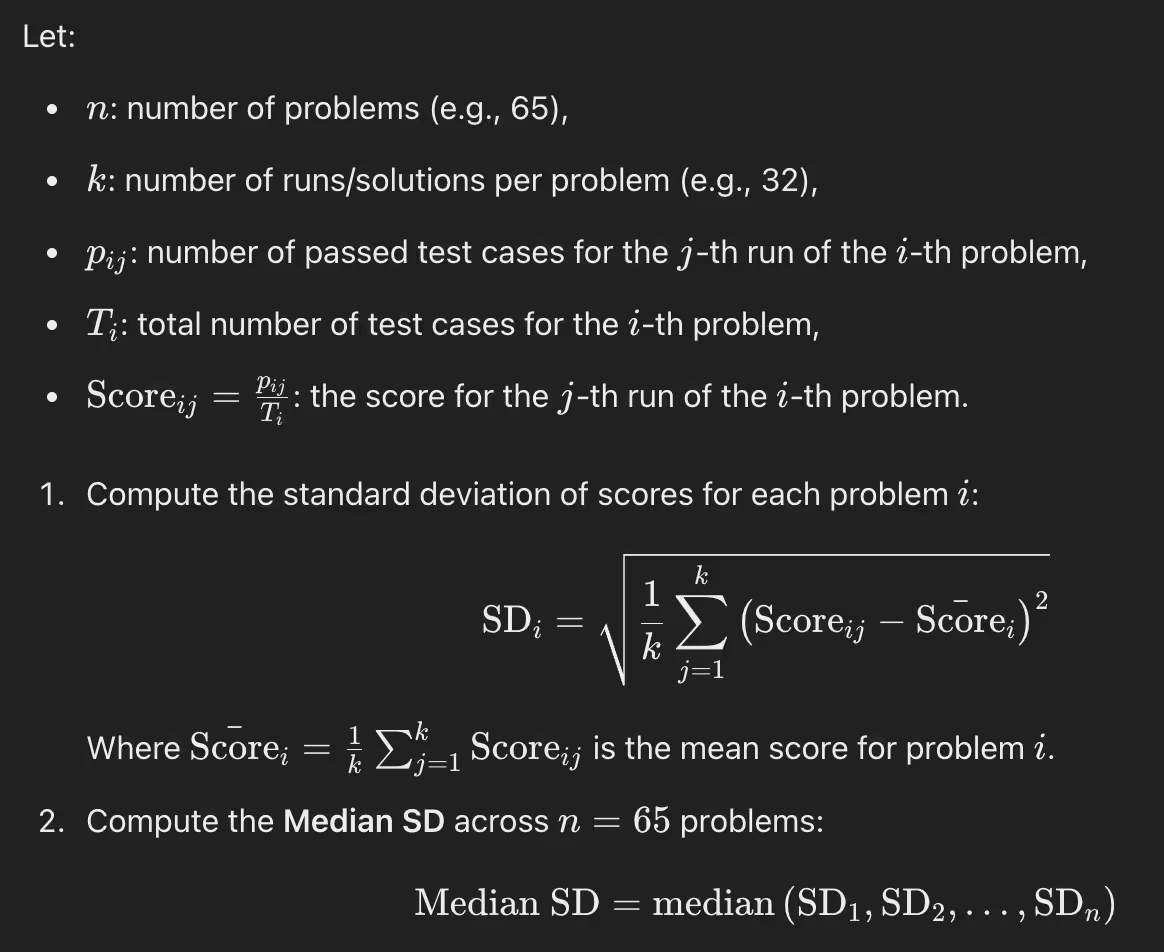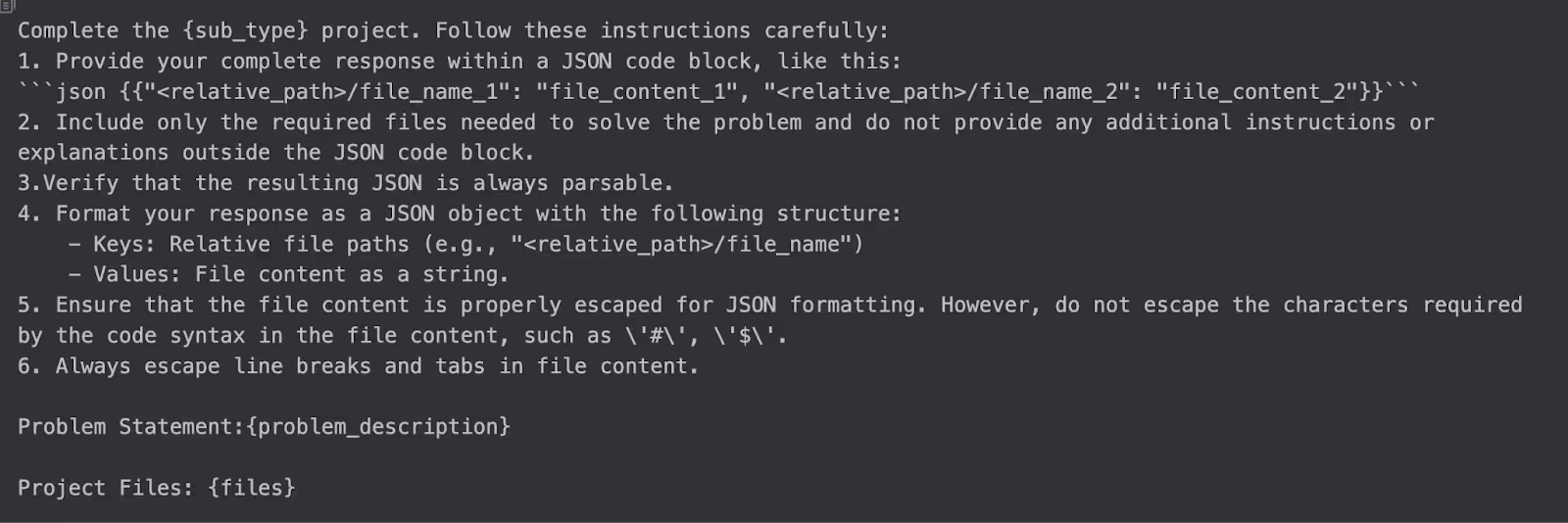References
Carlos E. Jimenez, John Yang, Alexander Wettig, Shunyu Yao, Kexin Pei, Ofir Press, Karthik Narasimhan. SWE-bench: Can Language Models Resolve Real-World GitHub Issues? arXiv preprint arXiv:2310.06770, 2023. https://arxiv.org/abs/2310.06770
Zhaojian Yu, Yilun Zhao, Arman Cohan, Xiao-Ping Zhang. HumanEval Pro and MBPP Pro: Evaluating Large Language Models on Self-invoking Code Generation. arXiv preprint arXiv:2412.21199, 2024. https://arxiv.org/abs/2412.21199
Woojeong Kim, Ashish Jagmohan, Aditya Vempaty. Scale AI SEAL: Suite for Evaluating API-use of LLMs. arXiv preprint arXiv:2409.15523, 2024. https://arxiv.org/abs/2409.15523
Berk Atil, Alexa Chittams, Liseng Fu, Ferhan Ture, Lixinyu Xu, Breck Baldwin. LLM Stability: A Detailed Analysis with Some Surprises. arXiv preprint arXiv:2408.04667, 2024. https://arxiv.org/abs/2408.04667
Jia Li, Ge Li, Yunfei Zhao, Yongmin Li, Huanyu Liu, Hao Zhu, Lecheng Wang, Kaibo Liu, Zheng Fang, Lanshen Wang, Jiazheng Ding, Xuanming Zhang, Yuqi Zhu, Yihong Dong, Zhi Jin, Binhua Li, Fei Huang, Yongbin Li. DevEval: A Manually-Annotated Code Generation Benchmark Aligned with Real-World Code Repositories. arXiv preprint arXiv:2405.19856, 2024. https://arxiv.org/abs/2405.19856
Baizhou Huang, Shuai Lu, Weizhu Chen, Xiaojun Wan, Nan Duan. Enhancing Large Language Models in Coding Through Multi-Perspective Self-Consistency. arXiv preprint arXiv:2309.17272, 2024. https://arxiv.org/abs/2309.17272
John Yang, Carlos E. Jimenez, Alexander L. Zhang, Kilian Lieret, Jiani Yang, Xinyun Wu, Ofir Press, Nils Muennighoff, Gabriel Synnaeve, Karthik R. Narasimhan, Diyi Yang, Sida I. Wang, Ofir Press. SWE-bench Multimodal: Do AI Systems Generalize to Visual Software Domains? arXiv preprint arXiv:2410.03859, 2024. https://arxiv.org/abs/2410.03859
Bowen Li, Wenhan Wu, Ziwei Tang, Lin Shi, John Yang, Jinyang Li, Shunyu Yao, Chen Qian, Binyuan Hui, Qicheng Zhang, Zhiyin Yu, He Du, Ping Yang, Dahua Lin, Chao Peng, Kai Chen. Prompting Large Language Models to Tackle the Full Software Development Lifecycle: A Case Study. arXiv preprint arXiv:2403.08604, 2024. https://arxiv.org/abs/2403.08604
Qian Huang, Jian Vora, Percy Liang, Jure Leskovec. MLAgentBench: Evaluating Language Agents on Machine Learning Experimentation. arXiv preprint arXiv:2310.03302, 2024. https://arxiv.org/abs/2310.03302
Xiao Liu, Hao Yu, Hanchen Zhang, Yifan Xu, Xuanyu Lei, Hanyu Lai, Yu Gu, Hangliang Ding, Kaiwen Men, Kejuan Yang, Shudan Zhang, Xiang Deng, Aohan Zeng, Zhengxiao Du, Chenhui Zhang, Sheng Shen, Tianjun Zhang, Yu Su, Huan Sun, Minlie Huang, Yuxiao Dong, Jie Tang. AgentBench: Evaluating LLMs as Agents. arXiv preprint arXiv:2308.03688, 2023. https://arxiv.org/abs/2308.03688
Liguo Chen, Qi Guo, Hongrui Jia, Zhengran Zeng, Xin Wang, Yijiang Xu, Jian Wu, Yidong Wang, Qing Gao, Jindong Wang, Wei Ye, Shikun Zhang. A Survey on Evaluating Large Language Models in Code Generation Tasks. arXiv preprint arXiv:2408.16498, 2024. https://arxiv.org/abs/2408.16498
Debalina Ghosh Paul, Hong Zhu, Ian Bayley. Benchmarks and Metrics for Evaluations of Code Generation: A Critical Review. arXiv preprint arXiv:2406.12655, 2024. https://arxiv.org/abs/2406.12655
Weixi Tong, Tianyi Zhang. CodeJudge: Evaluating Code Generation with Large Language Models. arXiv preprint arXiv:2410.02184, 2024. https://arxiv.org/abs/2410.02184
Jiawei Liu, Songrun Xie, Junhao Wang, Yuxiang Wei, Yifeng Ding, Lingming Zhang. Evaluating Language Models for Efficient Code Generation. arXiv preprint arXiv:2408.06450, 2024. https://arxiv.org/abs/2408.06450
Jiasheng Zheng, Boxi Cao, Zhengzhao Ma, Ruotong Pan, Hongyu Lin, Yaojie Lu, Xianpei Han, Le Sun. Beyond Correctness: Benchmarking Multi-dimensional Code Generation for Large Language Models. arXiv preprint arXiv:2407.11470, 2024. https://arxiv.org/abs/2407.11470
Mark Chen, Jerry Tworek, Heewoo Jun, Qiming Yuan, Henrique Ponde de Oliveira Pinto, Jared Kaplan, Harri Edwards, Yuri Burda, Nicholas Joseph. Evaluating Large Language Models Trained on Code. arXiv preprint arXiv:2107.03374, 2021. https://arxiv.org/abs/2107.03374
Ansong Ni, Pengcheng Yin, Yilun Zhao, Martin Riddell, Troy Feng, Rui Shen, Stephen Yin, Ye Liu, Semih Yavuz, Caiming Xiong, Shafiq Joty, Yingbo Zhou, Dragomir Radev, Arman Cohan. L2CEval: Evaluating Language-to-Code Generation Capabilities of Large Language Models. arXiv preprint arXiv:2309.17446, 2023. https://arxiv.org/abs/2309.17446
Dewu Zheng, Yanlin Wang, Ensheng Shi, Ruikai Zhang, Yuchi Ma, Hongyu Zhang, Zibin Zheng. Towards More Realistic Evaluation of LLM-based Code Generation: An Experimental Study and Beyond. arXiv preprint arXiv:2406.06918, 2024. https://arxiv.org/abs/2406.06918
Jia Li, Ge Li, Xuanming Zhang, Yihong Dong, Zhi Jin. EvoCodeBench: An Evolving Code Generation Benchmark Aligned with Real-World Code Repositories. arXiv preprint arXiv:2404.00599, 2024. https://arxiv.org/abs/2404.00599


